2024-12-10 17:57:26|Myriagame |source:minecraft skins
This tutorial is set by the author's setting without permission.
Version 1.12.2/MOD used in this tutorial has application energy and last shadow interface
The alloy furnace is a block similar to the furnace that can handle the task of the original melting furnace. To melt the alloy in EIO, it can only be made through the alloy furnace.
First of all, ordinary firing. When the alloy furnace handles ordinary firing tasks, because the formula materials of the original melting furnace are one -on -one formula, you only need to directly enter the alloy furnace to run smoothly, and the placement can be placed more.Simple, such as the figure below.[Note: Remember to open the circular function]
In the map, the ME interface of the distribution material is output to the box, and then the box is distributed by the box through the material pipeline, and the pipeline is transported back to the ME interface. Such a system that can handle ordinary firing tasks is completed.
Advantages: 1. Simple placement 2. Material requirements less 3. The function of the average distribution of the pipeline
Disadvantages: Unable to handle alloy tasks
Metal treatment: Since the formula of the alloy is usually composed of a variety of raw materials, if multiple alloy furnaces are smelted at the same time, the average raw material is needed to each alloy furnace. However, not each multi -material formula is 1: 1.It is particularly difficult in large amounts of automation.
[Charged alloy ingot formula]
In order to run multiple alloy furnaces at the same time, I usually equip each alloy furnace with a ME interface, so that the task can be handled at the same time.
Advantages 1. Save space 2. The problem of incorrect material ratio will occur
Disadvantages 1. Each alloy furnace needs to allocate the ME interface. 2. You need to equip the corresponding parallel processing unit 3. You need to configure the pattern of each ME interface 4. The main network channel that takes up too much
Due to the large amount of alloy formula materials, if you enter the alloy furnace directly, it will lead to uneven distribution of the material and cause the card owner, so we need to design a system that can distribute materials.
[Automatic distribution system]
This system can allocate and process multiple formulas at the same time
The processing process is generally as follows
First of all, a ME network with a synthetic memory and a ME interface that can distribute materials
This interface is a place to encode the model, and it needs to open the blocking mode.
Packet
Place a cache container next to the ME interface in the figure above, then read the bus with ME storage bus, and connect the ME-IO port on the other end
The ME-IO port is set to save the item into the storage element, and the operating mode is to move the storage element to the output port when the storage is completed.
This step is to pack a piece of material into the element.
Segmentation
Output component: In order to prevent the ME-IO port on the packing end, a cable that can quickly output components to the cache container needs to be quickly output.[Here is the ME input bus full of accelerated cards with ME storage bus]
Distribution element: distribute the components in the cache to the ME-IO port on the unpacking end. The method used here is to open the cycle mode of the EIO item catheter extract. If there is a better distribution method, you can also use other module items.
Note: The ME-IO port can only enter the component by default, and adjust it to the direction of the input when used.
This step is to distribute the packaged materials to the processing end.
Handle
Connect the alloy furnace through the ME-IO port via the ME storage bus, so that the material can be decompressed directly into the alloy furnace [only the capacitance in the alloy furnace is needed, the mode is default], and then the root pipe is free to send the product back to the product back to the product back toME interface of the main network.
Next, letting this system run smoothly, you need to flow blood [ME storage components], so put a box next to the packing side to store the ME storage element, and pull a tube to enter the component into ME-IO in ME-IOport.[Remember to adjust the input surface of the ME-IO port]
Put many ME storage components in the box.
The ME-IO port on the bag can start packaging.
Recycling air component
After the processing end is used to use the storage element, many vacant elements will be generated. The air components are transported back to the box of the component side of the component on the side of the packing side, so that the component cycle is completed.
Add restriction
In order to prevent it from running when there is no task, to add a function of a detection item, first set the box output interface of the packing end to store the empty component to operate when there is no redstone signal.
Then connect the ME standard sender from the packaging of the bag to faces the pipeline of the conveying component.
The ME standard sender is set to a signal of less than 1, so that when there are materials in the box to be packaged, the empty element will be sent.
In order to prevent the ME-IO port blocking, the number of packaged components in the packing port must also be detected. The ME standard sender is set to 1-5.
Sometimes it is inevitable to make some empty bags, so add a recycling pipe and extract the empty bag.
Put a high -end item filter into the recycling pipe and set it to only empty components.[Remember to open the NBT match].
Correspondingly, the distribution pipes cannot be set as empty components, and the right side of the filter is set to a blacklist.
Then remember to supply energy for ME cables, this system was completed.
Of course, the adaptation range of this system is not just the alloy furnace. As long as there are multiple materials in the formula, there are its target users.

National Service DNF Dark Ni
2025-01-28 09:19:27
The new screenshot of the be
2025-01-28 09:18:57
The 15th anniversary wallpap
2025-01-28 09:18:27
3DM Xuanyuan Sinicization Gr
2025-01-28 09:17:57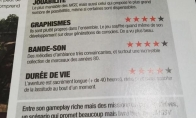
French magazine is the first
2025-01-28 09:17:27
The sneak game "Republic" wi
2025-01-28 09:16:57
The story between humans and
2025-01-28 09:16:27
Capture "Trinity 3: Artifact
2025-01-28 09:15:27
Wind direction change "Myste
2025-01-28 09:14:57
DICE's new project "Dream" w
2025-01-28 09:14:27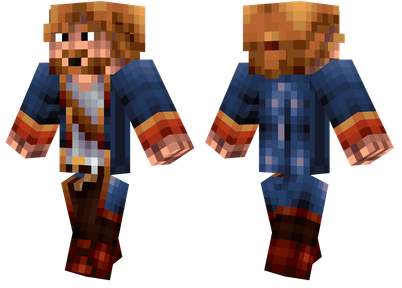
Pirate Minecraft Skins
Minecraft Skins
2024-12-10 04:11:27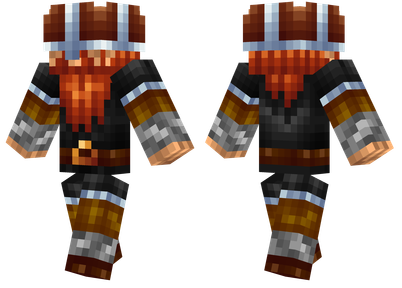
Pirate Minecraft Skins
Minecraft Skins
2024-12-10 04:11:26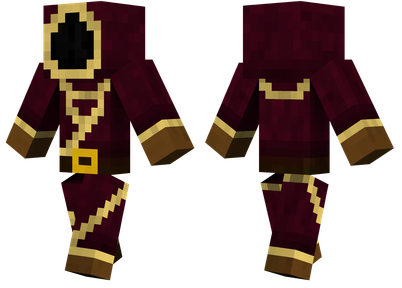
Master Minecraft Skins
Minecraft Skins
2024-12-10 04:11:25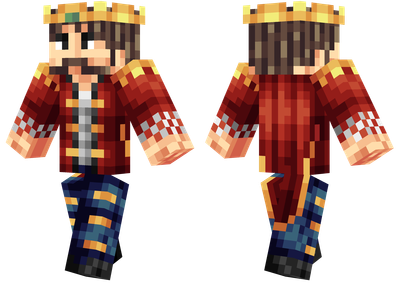
King Minecraft Skins
Minecraft Skins
2024-12-10 04:11:25
Guide Minecraft Skins
Minecraft Skins
2024-12-10 04:11:24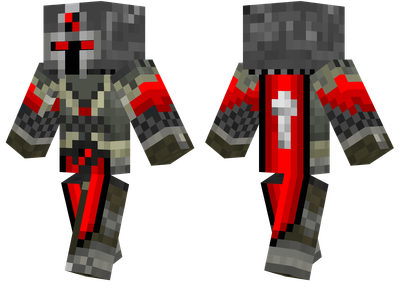
Dark Knight Minecraft Skins
Minecraft Skins
2024-12-10 04:11:23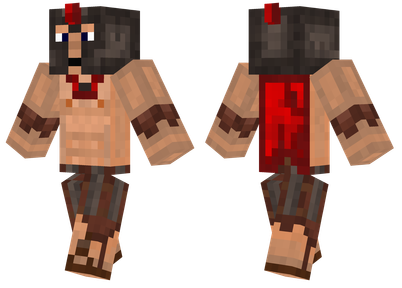
Sparta Minecraft Skins
Minecraft Skins
2024-12-10 04:11:23
Moncraft Skins of the War
Minecraft Skins
2024-12-10 04:11:22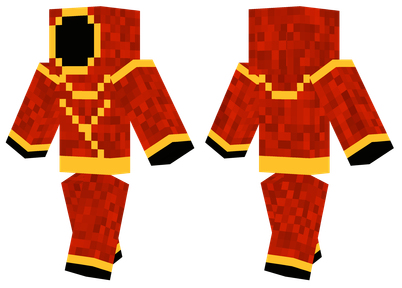
Red Witch Minecraft Skins
Minecraft Skins
2024-12-10 04:11:22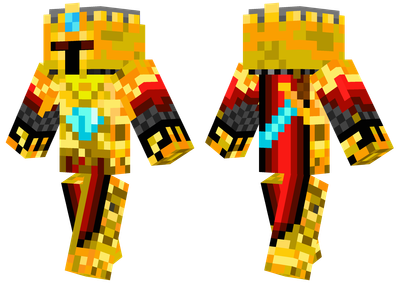
Golden Cavaliers Minecraft S
Minecraft Skins
2024-12-10 04:11:22